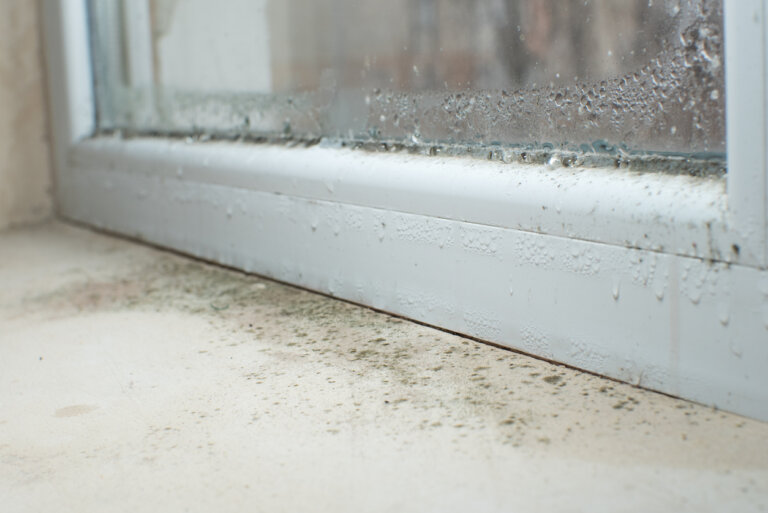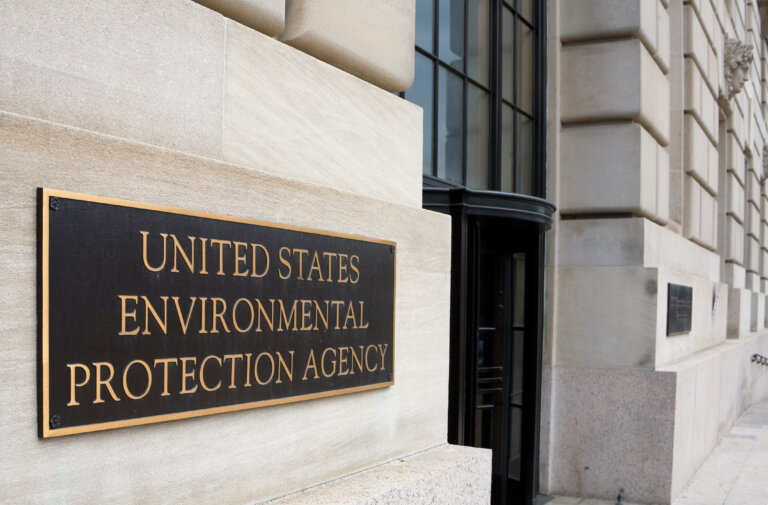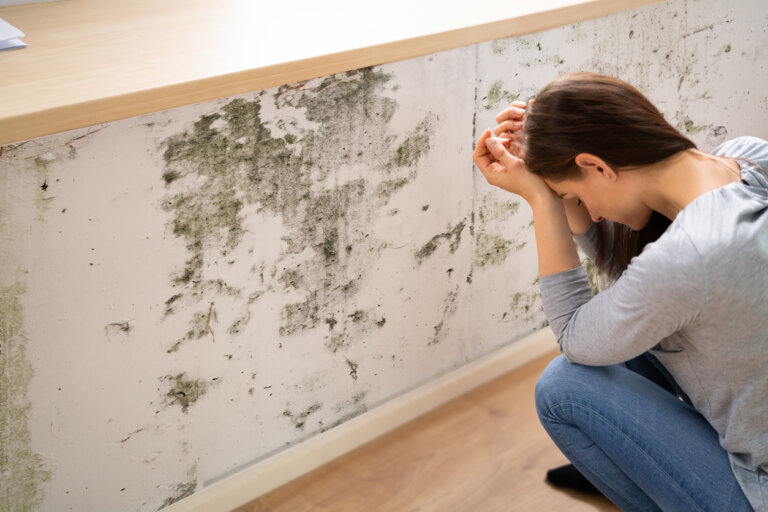Lead in the home, including lead that may be present in rental properties, poses a significant risk to residents’ health and well-being. With its aging housing stock and the corresponding potential presence of lead-based paint, California faces challenges with respect to these possibly dangerous conditions. By understanding the sources and health...










